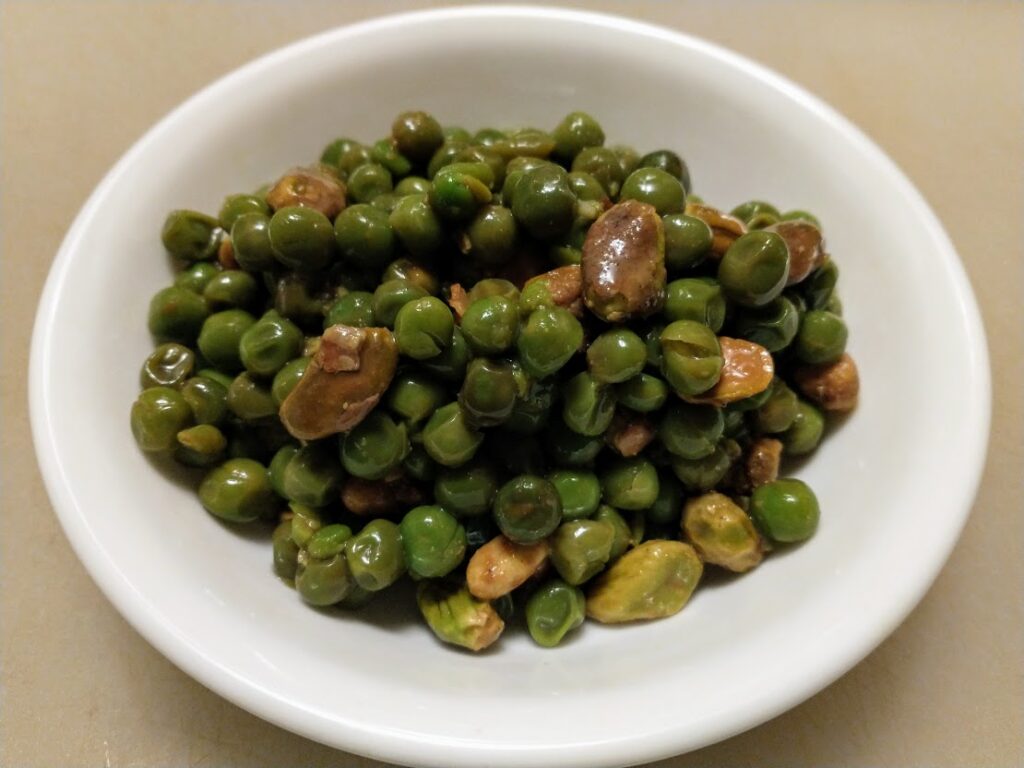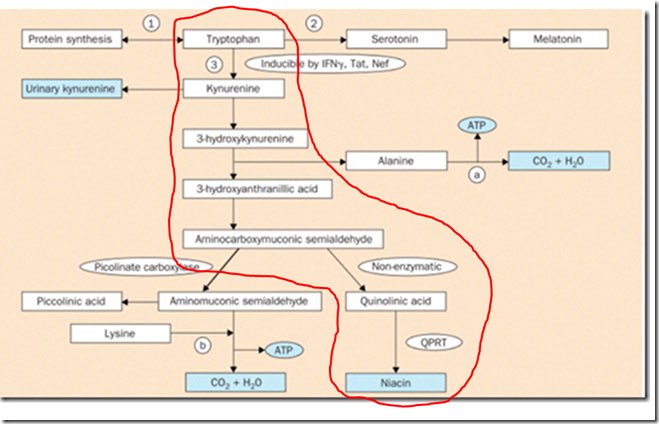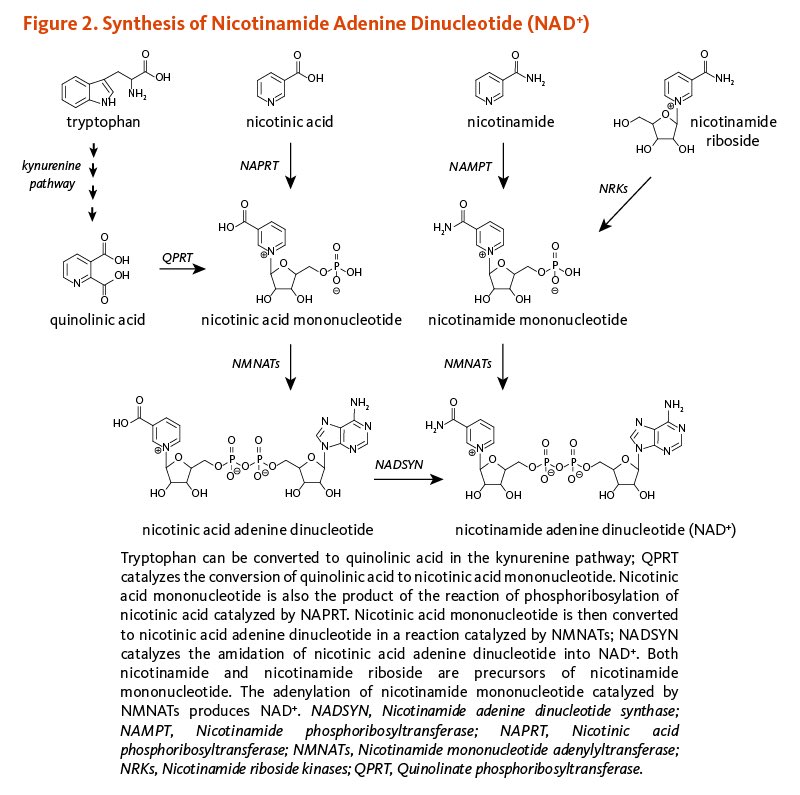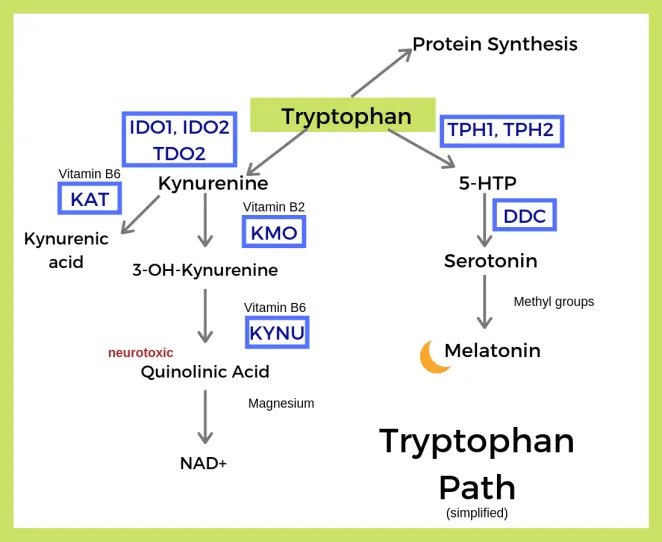I missed an email. Problem now fixed.
I have been very busy with the pomegranate paper, and sadly, or not surprising, it was not accepted for further review – non-standard, which is true. It was too long and I learned more while researching for it and needed to rewrite the main article. A book or website with guided pages and some screening questions to help guide people to material that may be helpful is my plan.
My goal is to make a more concise site with a dropdown menu of some sort to help guide people to the info that they want or need – and some screening question sections to help pinpoint which information may be needed. I have started a very preliminary workflowy.com (https://workflowy.com/s/hyperinflammation-pr/NA9NrJpva8lyi1nH) but got hung up on how to add images. It says just “drag and drop” and I have no idea why that doesn’t seem to work. Is that an Apple thing? ** I figured out how to drag and drop an image but then I couldn’t move it to any other sections. WorkFlowy may not be for me.
I have been posting on SubStack and need to post here more. I have posted a few new things to peace-is-happy.org, but an older post was most read in November so that may have been Oct or even longer ago. The images in this post are some of my travel pics. Peace is mental and physical. (peace-is-happy.org) It is not a long post but has some good starting points. Build mindfulness, peaceful brain pathways and try to forget stressful worry pathways by not thinking about them. One anxiety tip I like – make a Worry Jar and write down your worry, stick it in the jar, schedule 15 minutes to go through your Worry Jar once a week. Saves mental strain to not have an overload on your mind. Writing lists or goals can help put them someplace else where you know you can find it again, and have a little more peace of mind.
“Great design should be ‘intuitive.’ Translation: feel natural.”
— Tom Peters
Nature repeats chemical structures and pathways across the chain of life. The essential omega 3 fatty acid DHA is ancient, unchanged from simple life forms to complex.
This post is the first of a series, in which I will share my Genes Table.
It has the solution for the health problems that gene alleles may cause – plant polyphenols. Polyphenols may be able to correct the up or down regulation in important pathways that the dysfunctional allele caused by affecting microRNA.
- “microRNA are the real regulators of gene transcription”. – Substack.
- “microRNA, elevated homocysteine and is there a role for excess Retinoic Acid?” (substack.com) *The hyperhomocysteinemia/homocystinuria section of my Genes Table.
- “Pollutants in Human Plasma Found via Double-Filtration Plasmapheresis Plasma Exchange”, James Lyons-Weiler. (substack.com) *This is a cross post. Heavy metal toxins and thread like objects and aluminum-silicon combinations were found in a filtration of plasma procedure. This is related to pomegranate because the peel is effective at clumping nanoparticles into larger clumps that are big enough for white blood cells to sense as something needing to be removed.
- “POTS – Postural Orthostatic Tachycardia Syndrome, can be epigenetic & therefore may be reversible”. (substack.com) *The Dystonia section of my Genes Table.
Before moving on to more sections, or exploring other conditions and yet more links…
This one is excellent and has a video abstract/overview: (Hayden, Tyagi, 2022) Hayden, M.R., Tyagi, S.C., (2022). Impaired Folate-Mediated One-Carbon Metabolism in Type 2 Diabetes, Late-Onset Alzheimer’s Disease and Long COVID. Medicina. 58(1):16. https://doi.org/10.3390/medicina58010016 Available at https://www.mdpi.com/1648-9144/58/1/16 (Accessed: 4 Dec 2022) Figure 1: Folate-Mediated One-Carbon Metabolism (FOCM).
In it we learn that the one-carbon methylation cycles are used within cell’s cytoplasm, within the mitochondria, and within the cell’s nucleus – and if the nucleus version is impaired, then … methylation of DNA will be impaired – it will not occur. Epigenetic changes will be very likely if there is dysfunction in the one-carbon methylation cycle within the nucleus.
Nature loves a good design and will repeat it.
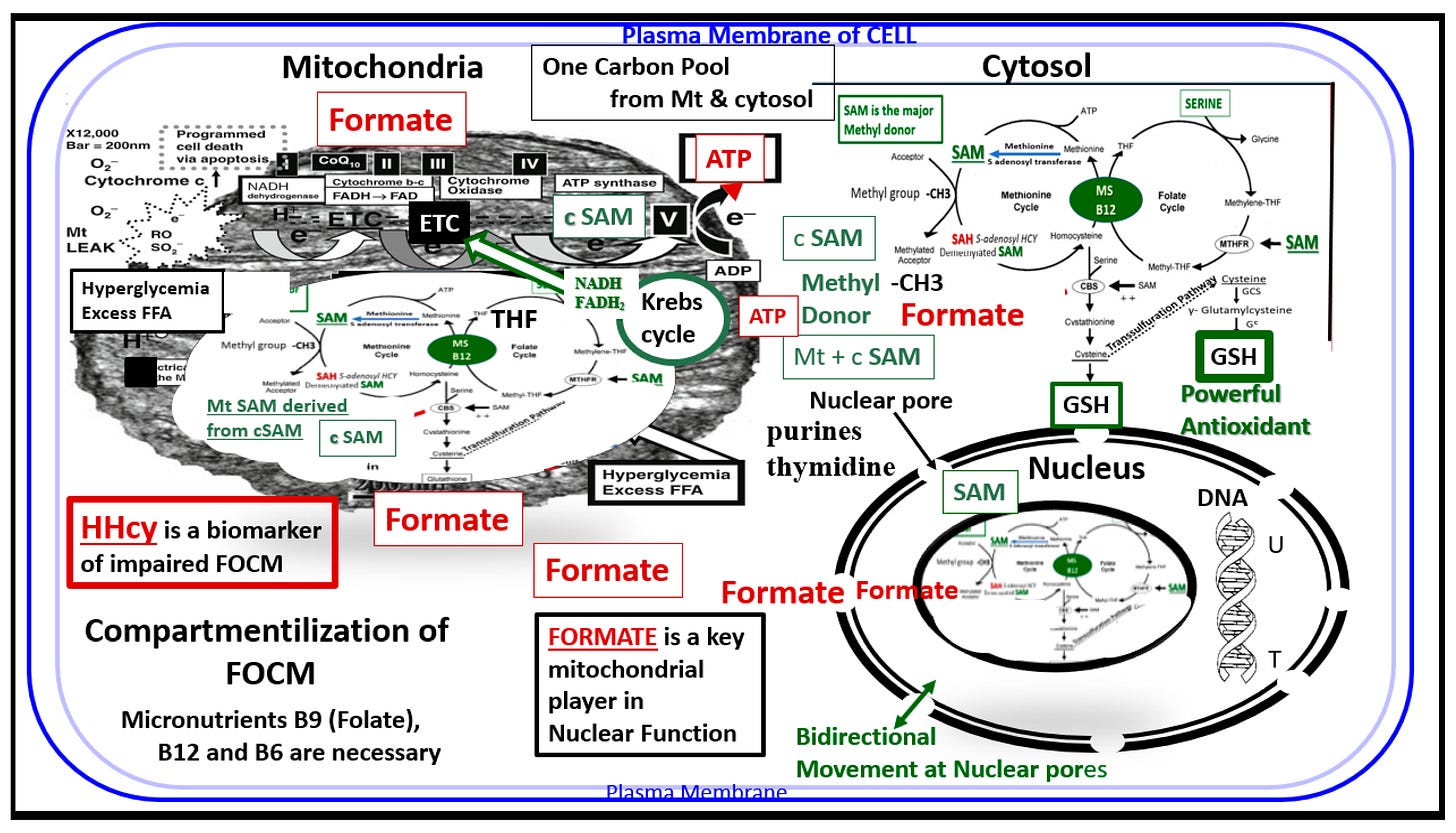
I had a reply recently saying nobody understands this (roughly) and my response would be: We learn by studying things that we don’t understand and looking up whatever words we need to look up in order to better understand it.
Here, in this complex graphic (above) – even a First Grader might guess that “Formate” is important. It appears that the nucleus version of the one-carbon cycles will not occur without formate to get it started. SAM is also important – the one-carbon cycle taking place in the cell’s cytoplasm creates the methyl donor cSAM which is converted into mitochondrial mSAM. The nucleus needs the (I don’t know what it is either) “Formate” and cSAM to enter through nuclear pores in order for the one-carbon cycle to be able to take place within the nucleus for DNA methylation needs. Meaning mitochondrial dysfunction of the one-carbon cycle leads to epigenetic changes and lack of DNA methylation in the nucleus of the cell, and dysfunction of the one-carbon cycle in the cytoplasm might precede the mitochondrial dysfunction as the cSAM is needed by the mitochondria and the nucleus. (Hayden, Tyagi, 2022) *They recommend that physicians screen homocysteine levels more often – it is not standardly measured with basic labs.
Formate, heat stress and SMYD3.
Internet answers: Formate is a result of the breakdown of Carbon dioxide, CO2,— and various engineering research approaches have been used to try to reduce CO2 from the air by promoting formate production (in microbes or chemical reactions) – but that is tangentially related and simply was the immediate search results. More to the physiological point – if we want to be able to make formate, we need the gene SMYD3 to be functional and active as it promotes synthesis of formate.
“Conclusions: Our study demonstrates that SMYD3 regulates the activity of the mitochondrial metabolic enzyme MTHFD1L through H3K4me3 histone methylation modification, promotes formate synthesis and induces mitophagy, which inhibits M1 polarization in macrophages.” (Zhu, et al., 2022)
SMYD3 is important in histone methylation, and growth of embryos and cancer tumors, in order to localize it to the nucleus, where we need it for the one carbon cycle and methylation of DNA, Heat Shock Protein 90 (HSP 90) is needed as a nuclear chaperone (~transport protein). “[12, 23, 31]” (Bernard, et al, 2021)
“In summary, SMYD3 is critical for the activation of MAP3K2, a key kinase in the Ras-activated MAP signaling pathway, in both lung and pancreatic cancers. Furthermore, SMYD3 is associated with advanced stage and poor survival in NSCLC, and promotes cell proliferation, invasion, and chemotherapy resistance phenotypes.” (Bernard, et al, 2021)
… ‘miR-3613-3p/MAP3K2/p38/caspase-3 pathway regulates the heat-stress-induced apoptosis of endothelial cells’ (Liu, Liu, Chen, 2021)
“The results revealed that miR-3613-3p expression was reduced in human umbilical vein endothelial cells (HUVECs) following [heat stress] HS, which led to apoptosis. Mechanistically, following HS, a decrease in miR-3613-3p binding to the 3′-untranslated region of MAP3K2 directly upregulated its expression, and the downstream p38 and caspase-3 pathways, thereby leading to apoptosis. Taken together, the results of the present study demonstrated that HS suppressed miR-3613-3p expression, which activated the MAP3K2/p38/caspase-3 pathway, leading to the apoptosis of HUVECs.” (Liu, Liu, Chen, 2021)
Our goal – to not get overheated – avoid heat stress.
Not the same miRNA exactly, but from an interesting paper. “Chen et al. identified two miRNAs (hsa-miR-1307-3p and hsa-miR-3613-5p) that could prevent viral replication by targeting the 3′-UTRs of replication-related SARS-CoV-2 RNA 67.” (Yang, et al., 2022)
Pomegranate and heat stress – nature designed the plant to tolerate heat.
Pomegranate is a sustainable crop because it can tolerate heat, and salty soil and doesn’t need much water. The MAPK pathway is inhibited by pomegranate peel extract, and also by the 9 polyphenols discussed in the post: 1. “microRNA are the real regulators of gene transcription”. – Substack. I am not sure if the MAP3K2 is similarly inhibited but it seems likely.
Postural Orthostatic Tachycardia Syndrome can have an epigenetic cause.
Why is this important? Postural Orthostatic Tachycardia Syndrome is no fun and kind of scary. If you stand up too fast, your blood pressure can no longer shift quickly enough, however that works, and you get dizzy and need to grab something and rest a minute to get the accompanying tachycardia (very rapid heart rate, like it is trying to leap out of your chest almost). Laying down and lifting the knees and feet up helps slow the heart rate. Sitting or at least pausing is necessary or fainting may occur. I did faint once or twice and that is an odd feeling to find yourself on the floor after you come around. See: POTS – Postural Orthostatic Tachycardia Syndrome, can be epigenetic & therefore may be reversible. (substack.com) *Includes the Dystonia section of my Genes Table with more info and a link to my book chapter on the topic (but in computer lingo, the links don’t work).
Many chronic conditions involve epigenetic changes. Sometimes it can be reversed but not always and less likely the longer the condition has lasted. I had POTS-like symptoms for a few months twice and I figured out how to get better. It is not a fun condition and standard treatment usually does not help enough. People become physically disabled as it worsens. You can’t over-exert or stand up too fast or the symptoms of dizziness and racing heart occur.
When you have an open mind, you can learn new things.
Epigenetics – the basics.
Epigenetics – an overview/the opening of an Abstract about a review paper focused on cancer treatment and epigenetics:
“Epigenetics refers to heritable changes that are not encoded in the DNA sequence itself, but play an important role in the control of gene expression.
In mammals, epigenetic mechanisms include changes in
- DNA methylation,
- histone modifications and
- non-coding RNAs.
- [microRNA are non-coding RNAs (19-23 nucleotides) and there are also longer ones (up to ~100, or a few >/= 200 nucleotides) that are still shorter than an mRNA which is used to transcribe a protein, so it is the full length of the matching DNA from the gene sequence, but only half of the zipper/ladder shape of the double helix.]
Although epigenetic changes are heritable in somatic cells, these modifications are also potentially reversible, which makes them attractive and promising avenues for tailoring cancer preventive and therapeutic strategies. Burgeoning evidence in the last decade has provided unprecedented clues that diet and environmental factors directly influence epigenetic mechanisms in humans. Dietary polyphenols from green tea, turmeric, soybeans, broccoli and others have shown to possess multiple cell-regulatory activities within cancer cells. More recently, we have begun to understand that some of the dietary polyphenols may exert their chemopreventive effects in part by modulating various components of the epigenetic machinery in humans.” (Link, Balaguer, Goel, 2010)
*Bullet points and note added by me. See: Non-coding RNAs: Classification, Biology and Functioning. (Hombach, Kretz, 2010)
Cancer is mitochondrial dysfunction related to cytoplasm dysfunction of the One-Carbon Methylation cycles.
As it turns out, nature really likes the one-carbon methylation cycle and mitochondria seem to be a control center of our cells rather than the nucleus. Cancer is dysfunction of mitochondria which leads to aberrant signaling to the cell nucleus which leads to cancerous like changes in their growth. Experiments have shown though, that when the nucleus of a cancer cell, with the gene changes in place, is transplanted into a healthy cell with healthy mitochondria and cytoplasm, the cell does not become cancerous. However, when a nucleus from a healthy cell is transplanted into a cancer cell that had its nucleus removed, the cell remains cancerous. When cancer cell mitochondria are transplanted into a healthy cell with a normal nucleus – it changes into a cancer cell with cancerous gene changes and out of control growth. The increased growth may be part of more normal pathways used during embryology and child growth. This indicates that cancer is NOT a GENETIC disease. The disease pathology was connected to the diseased cell’s mitochondria, not the diseased cell’s nucleus.
It turns out that mitochondria direct events within the cell and are the controller for signaling the need for apoptosis – put this cell to a merciful death, it is done. But with dysfunctional mitochondria there is no signal presented to kill the cell and it grows out of control or remains dysfunctional but alive – a senescent cell – alive and consuming, but no longer producing functional benefits for the organism or organ.
Cancer is a mitochondrial dysfunction. The one flaw in Dr Seyfried’s treatment plan though, is that such a high fat diet will still promote mitochondrial dysfunction. I would recommend a less stringent ketone diet, at least after some short-term initial phase that is moderate carb and >/= 50% of calories from fats. Use more ketones and some protein, but a diet above 60% fat may in itself cause mitochondrial dysfunction.
https://www.youtube-nocookie.com/embed/KusaU2taxow?rel=0&autoplay=0&showinfo=0&enablejsapi=0
His depressing but helpful message is that also, the chemotherapy, radiation and some of surgical approaches are likely just adding to mitochondrial dysfunction and making the cancer worse. Carbohydrates and glutamates need to be restricted – and that equals sugar, bread, potatoes, pasta, pizza, tomato products, cheese, soy sauce, Worcestershire sauce, barbecue sauce or barbecue, artificial seasonings, ice cream, sweetened beverages, etc – much of the modern diet in other words.
Resources
/Housekeeping – I noticed an older comment suggesting that I provide checklists or more guidance for what to do, regarding my Table 5 – Nutrients depleted by psychiatric medications, which also are nutrients needed by mitochondria, and are risk factors for schizophrenia, Alzheimer’s dementia, or COVID19. I shortened the name of that Table to ‘Nutrients of Concern’.
See:
- Downloadable Tools in my toolbox – by Jennifer Depew, R.D. (substack.com)
- My first Substack post is still pertinent – Nrf2 & NF-kB – 2 proteins to know. (substack.com)
Disclaimer: Opinions are my own and the information is provided for educational purposes within the guidelines of fair use. While I am a Registered Dietitian this information is not intended to provide individual health guidance. Please see a health professional for individual health care purposes.
Reference List
(Bernard, et al, 2021) Bernard, B.J., Nigam, N., Burkitt, K. et al., (2021). SMYD3: a regulator of epigenetic and signaling pathways in cancer. Clin Epigenet 13(45) https://doi.org/10.1186/s13148-021-01021-9 Available at: https://clinicalepigeneticsjournal.biomedcentral.com/articles/10.1186/s13148-021-01021-9 (Accessed: 5 Dec 2022)
(Hayden, Tyagi, 2022) Hayden, M.R., Tyagi, S.C., (2022). Impaired Folate-Mediated One-Carbon Metabolism in Type 2 Diabetes, Late-Onset Alzheimer’s Disease and Long COVID. Medicina. 58(1):16. https://doi.org/10.3390/medicina58010016 Available at https://www.mdpi.com/1648-9144/58/1/16 (Accessed: 4 Dec 2022) Figure 1: Folate-Mediated One-Carbon Metabolism (FOCM), Figure 2. Compartmentalization of FOCM.
(Hombach, Kretz, 2010) Hombach S, Kretz M. (2016). Non-coding RNAs: Classification, Biology and Functioning. Adv Exp Med Biol. 937:3-17. doi: 10.1007/978-3-319-42059-2_1. PMID: 27573892. Available at: https://pubmed.ncbi.nlm.nih.gov/27573892/ (Accessed: 5 Dec 2022)
(Link, Balaguer, Goel, 2010) Link, A., Balaguer, F., Goel, A., (2010). Cancer Chemoprevention by Dietary Polyphenols: Promising Role for Epigenetics. Biochemical pharmacology. 80:1771-92. 10.1016/j.bcp.2010.06.036. Available at: https://www.researchgate.net/publication/45090894_Cancer_Chemoprevention_by_Dietary_Polyphenols_Promising_Role_for_Epigenetics/citation/download(Accessed: 5 Dec 2022)
(Liu, Liu, Chen, 2021) Liu J, Xu S, Liu S, Chen B. (2021). miR‑3613‑3p/MAP3K2/p38/caspase‑3 pathway regulates the heat‑stress‑induced apoptosis of endothelial cells. Mol Med Rep. Sep;24(3):633. doi: 10.3892/mmr.2021.12272. Epub 2021 Jul 19. PMID: 34278472; PMCID: PMC8280962. Available at: https://www.ncbi.nlm.nih.gov/pmc/articles/PMC8280962/ (Accessed: 5 Dec 2022)
(Yang, et al., 2022) Yang, C.Y., Chen, Y.H., Liu, P.J., Hu, W.C., Lu, K.C., Tsai, K.W., (2022). The emerging role of miRNAs in the pathogenesis of COVID-19: Protective effects of nutraceutical polyphenolic compounds against SARS-CoV-2 infection. Int J Med Sci. Jul 18;19(8):1340-1356. doi: 10.7150/ijms.76168. PMID: 35928726; PMCID: PMC9346380. Available at: https://www.ncbi.nlm.nih.gov/pmc/articles/PMC9346380/ (Accessed: 5 Dec 2022)
(Zhu, et al., 2022) Zhu, W., Wang, S., Xue, L., Liu, L., Yang, X., Liu, Z., et al., (2022). The SMYD3-MTHFD1L-formate metabolic regulatory axis mediates mitophagy to inhibit M1 polarization in macrophages, International Immunopharmacology, 113(Part A), 2022, 109352, ISSN 1567-5769, https://doi.org/10.1016/j.intimp.2022.109352. https://www.sciencedirect.com/science/article/pii/S1567576922008360

